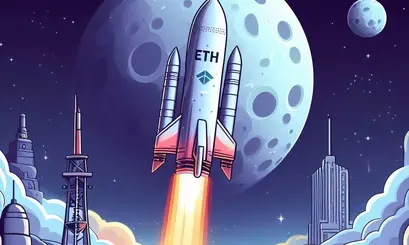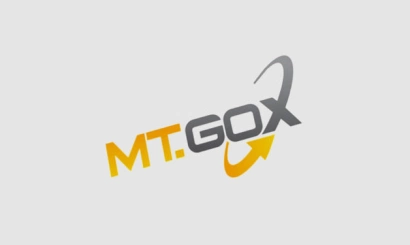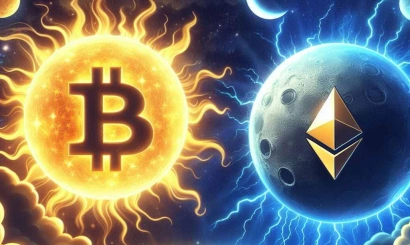How Bitcoin Halving Will Affect Its Price. Key Points from the Grayscale Report
Analysts at Grayscale have outlined how Bitcoin halving in April will impact its price. Leading up to this important and historically bullish event for Bitcoin, its technical indicators and fundamental factors over the past year have become increasingly influential on its price.
In mid-April 2024, Bitcoin will undergo significant changes from a technical standpoint: the reward for miners completing a block of transactions will halve. This event, known as halving, is typically seen as a precursor to a bullish period for the crypto market: past halvings have been followed by sustained Bitcoin price growth.
What Bitcoin Halving Is and How It Will Affect the Price of the First Cryptocurrency
Miners receive rewards in the form of newly minted bitcoins. The first halving occurred in November 2012, when the reward per block decreased from 50 to 25 BTC. The second halving took place in July 2016, reducing the reward to 12.5 BTC. The third—and to date, the last—halving occurred in May 2020, reducing the reward to 6.25 BTC (approximately $300,000 at the exchange rate on February 12).
Miners' Sales
Halving itself doesn't necessarily act as a catalyst for price growth, warn veteran crypto market analysts at Grayscale in a new report on the state of the crypto asset market and the impact of the upcoming halving. Similar emission mechanism cryptocurrencies like Litecoin did not experience price increases after halving, notes report co-author Michael Zhao. Supply deficit does influence price, but other factors, such as macroeconomic conditions, also play a significant role.
In addition to the uncertainty of price growth after halving, conditions for Bitcoin miners will become more challenging post-event, as a significant portion of their income comes from block rewards. The reduction in this reward, coupled with the increasing mining difficulty, which reached a record level last year, may put a strain on them, the report states.
Miners are preparing for the upcoming changes by selling mined coins and attracting capital to increase liquidity. According to financial firm Cantor Fitzgerald's estimates, some of the major public mining companies risk operating at a loss after halving if the Bitcoin price remains at $40,000 or lower, as their estimated mining costs per bitcoin exceed this mark.
Fundamental Factors
The Grayscale report is titled "This Time It’s Actually Different," referencing a popular meme in the crypto community used to mock market participants expecting a positive outcome from a market event that has repeatedly had the opposite result.
"Despite the short-term miner income situation, the fundamental activity in the Bitcoin network and positive market structure updates make the 2024 halving different from others on a fundamental level," write Grayscale analysts. Bitcoin has long been referred to as "digital gold," but market developments suggest it is evolving into something "even more significant," they say.
An additional significant source of income for miners has been transaction fees associated with the emergence of so-called ordinals on the Bitcoin network. Launched in January 2023, the Ordinals protocol allows recording images and other types of data directly into satoshis (the smallest units of Bitcoin, worth 0.00000001 BTC), without requiring a separate token or network fork. Each such record (inscription) is immutable and permanently stored in the blockchain. This has become the equivalent of NFTs for the Bitcoin network and has sparked speculative frenzy, particularly noticeable in May and November 2023.
By now, miners have collectively received over $200 million in transaction fees associated with ordinals, and these fees currently account for about 20% of their total transaction processing income (excluding block rewards).
In addition to generally positive fundamental metrics, the market structure appears favorable for Bitcoin price post-halving, the report states. Lower rewards are expected to require relatively less buying pressure to maintain prices, which, with increased demand, could lead to even higher price growth.
According to Grayscale's calculations, with the current reward size of 6.25 BTC per block and a Bitcoin price of $43,000, miner selling pressure amounts to approximately $14 billion annually. This means that maintaining current prices requires support equivalent to at least buyer activity. If these requirements decrease "to $7 billion per year" after halving, it will "significantly weaken selling pressure," the authors write.
The recent debut of the first Bitcoin-based exchange-traded funds (ETFs) on Wall Street may "counterbalance" Bitcoin sales by miners. "ETFs can significantly weaken selling pressure, potentially altering Bitcoin market structure and providing a new stable source of demand, which will positively impact price," the report says.
Recently launched ETFs for the leading cryptocurrency completed their first 20 trading sessions on February 9, reaching $10 billion in assets under management (AUM). Leading among them is BlackRock's iShares Bitcoin Trust with around $4 billion in bitcoin assets. Since their launch in January, spot Bitcoin funds have collectively gathered around 200,000 bitcoins.
- Hopeless Deception: FTX Owners Abandon Plans to Revive the Exchange
- Bitcoin closed in the positive for the fifth consecutive month, marking the first time since the pandemic began.
- Bitcoins from Silk Road. Whose coins the US government is selling at auction.
- "Need new drivers." What will happen to Bitcoin in the coming week?
- One of the best months. What will happen to Bitcoin in February
- In London, the trial of the self-proclaimed creator of Bitcoin has begun.


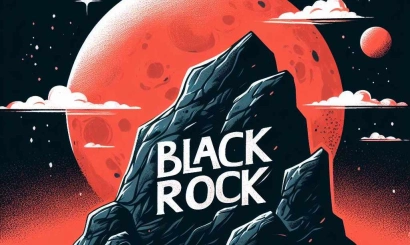
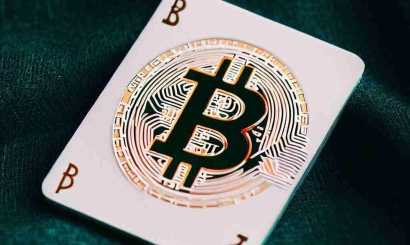
_410x245_00e.webp)
